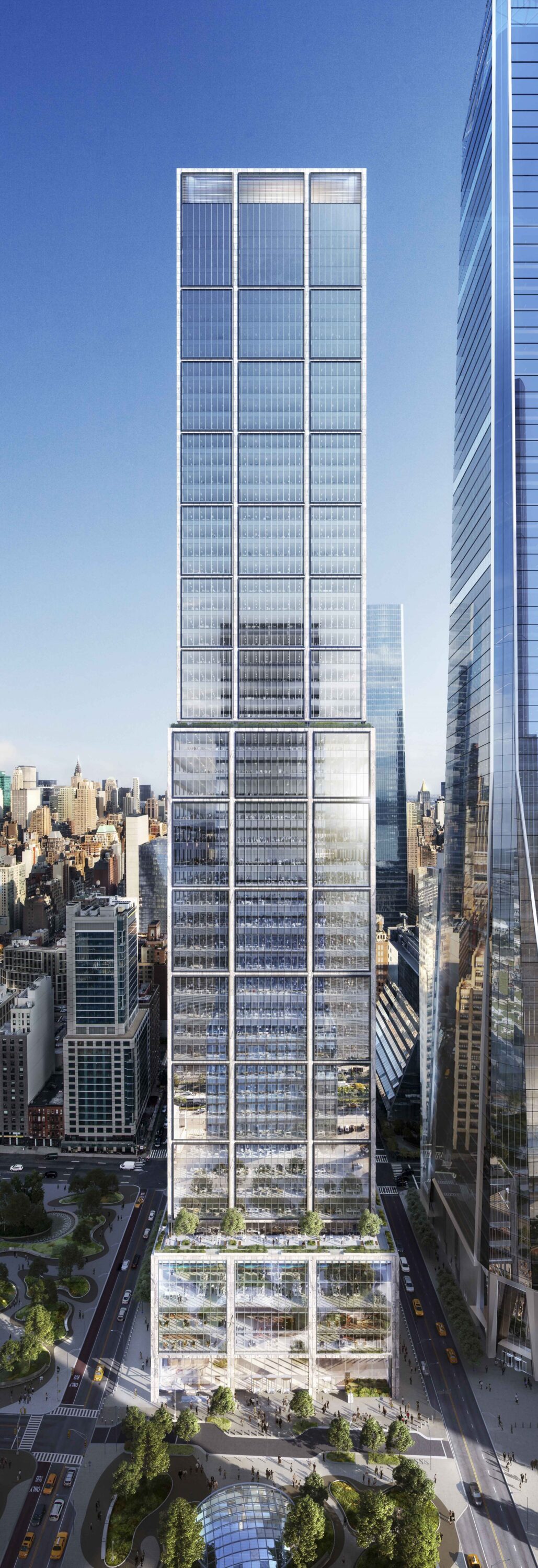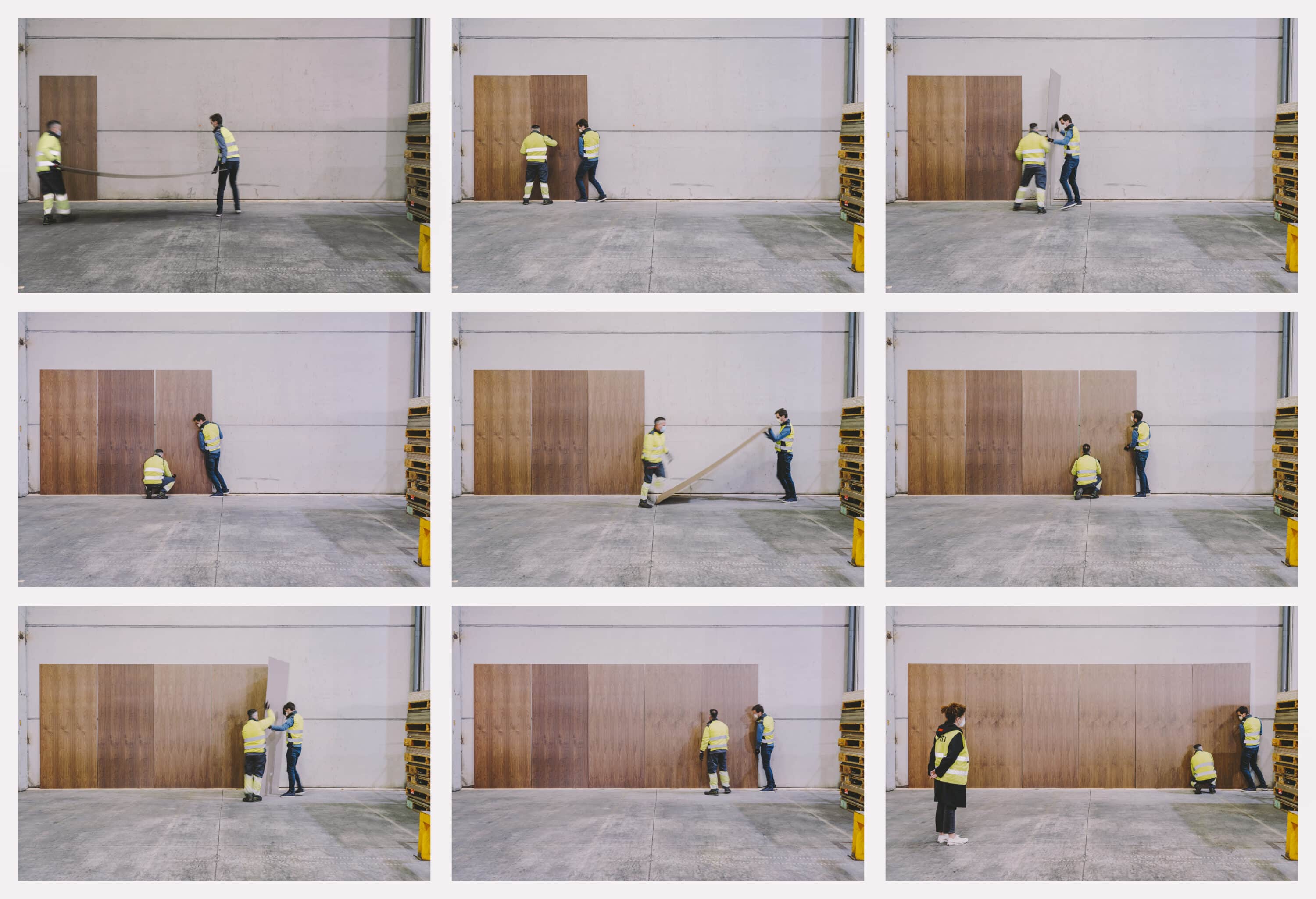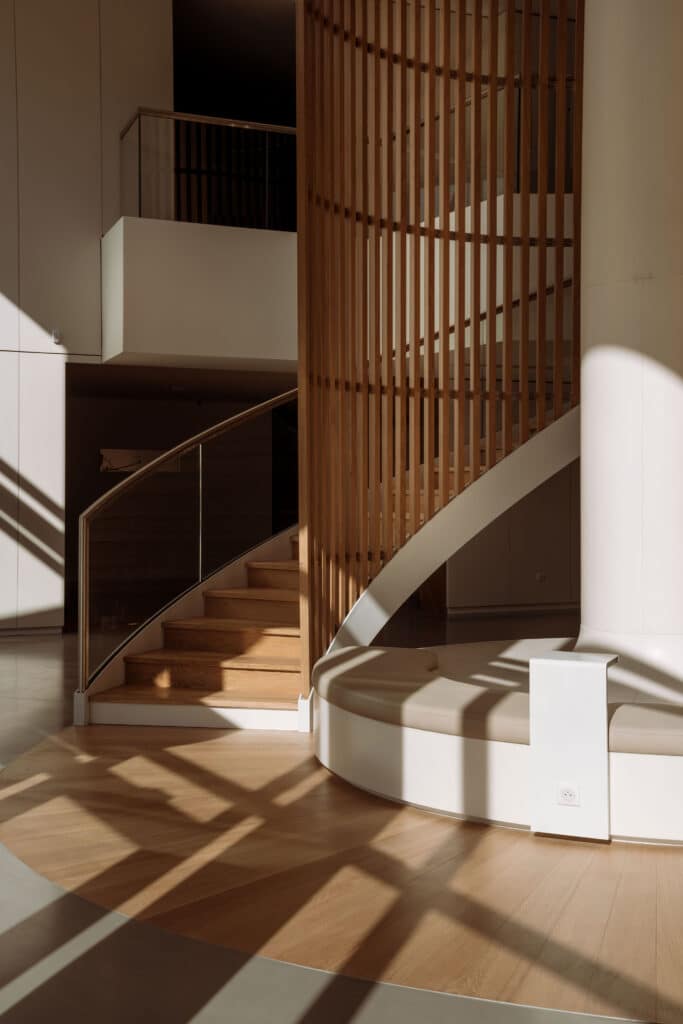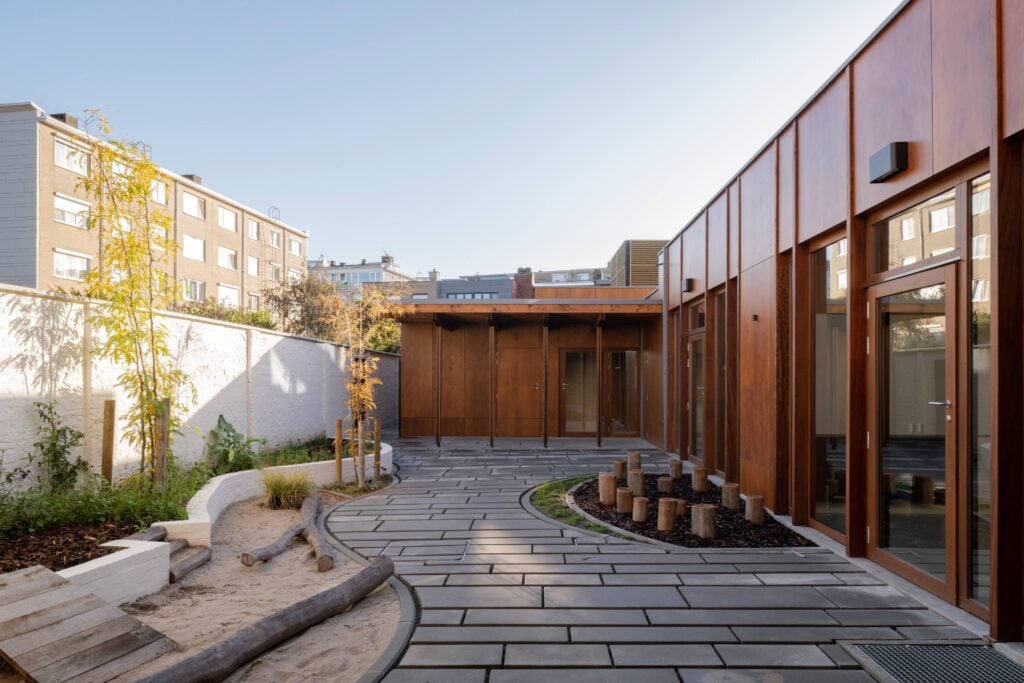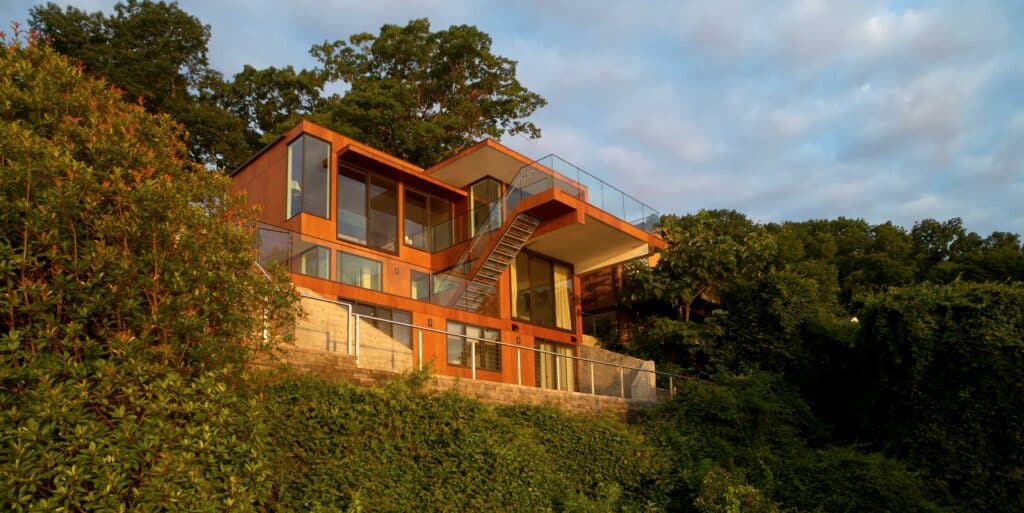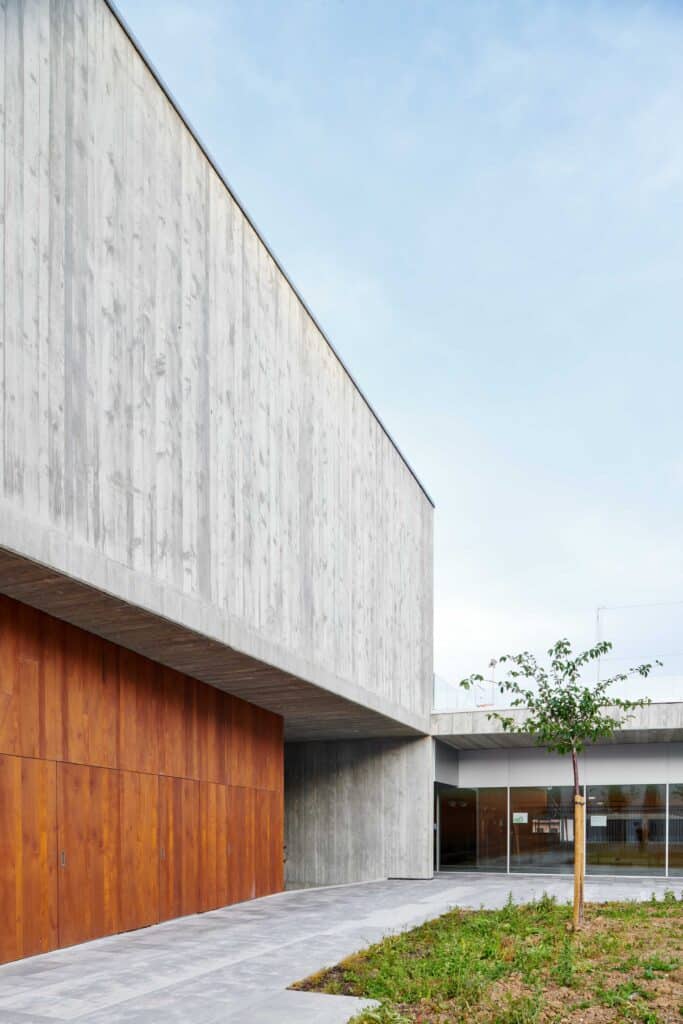Natural wood has become an increasingly popular building material in large-scale architecture. Along with its aesthetic appeal and thermal and acoustic insulation properties, its renewable and sustainable nature has solidified its position as a viable choice for high-rise construction. Advances in technology have enhanced its durability, allowing it to meet the rigorous building regulations required for large architectural projects.
In the heart of Manhattan, we find an example of the successful integration of natural wood in a skyscraper. Designed by Foster + Partners, 50 Hudson Yards is the fourth largest commercial building in New York since its completion in 2022 as part of the Hudson Yards development project. The walls of the 58 bathrooms in the tower are clad with natural wood. Designed to resist both water and fire, these panels offer comfort and warmth without compromising hygiene, safety, or durability, while also contributing to the building’s sustainability certification.
Fire Safety
Building skyscrapers requires strict adherence to fire safety regulations. Since wood is a combustible material, it must undergo specific treatments to reduce its flammability and slow fire spread. Techniques such as fire retardant impregnation or the use of fire-resistant laminated panels significantly enhance its performance under extreme conditions. At 50 Hudson Yards, the fire-resistant materials used in the panels achieve Class A protection against surface combustion under the ASTM E84 standard, complying with strict fire safety codes in the U.S.
